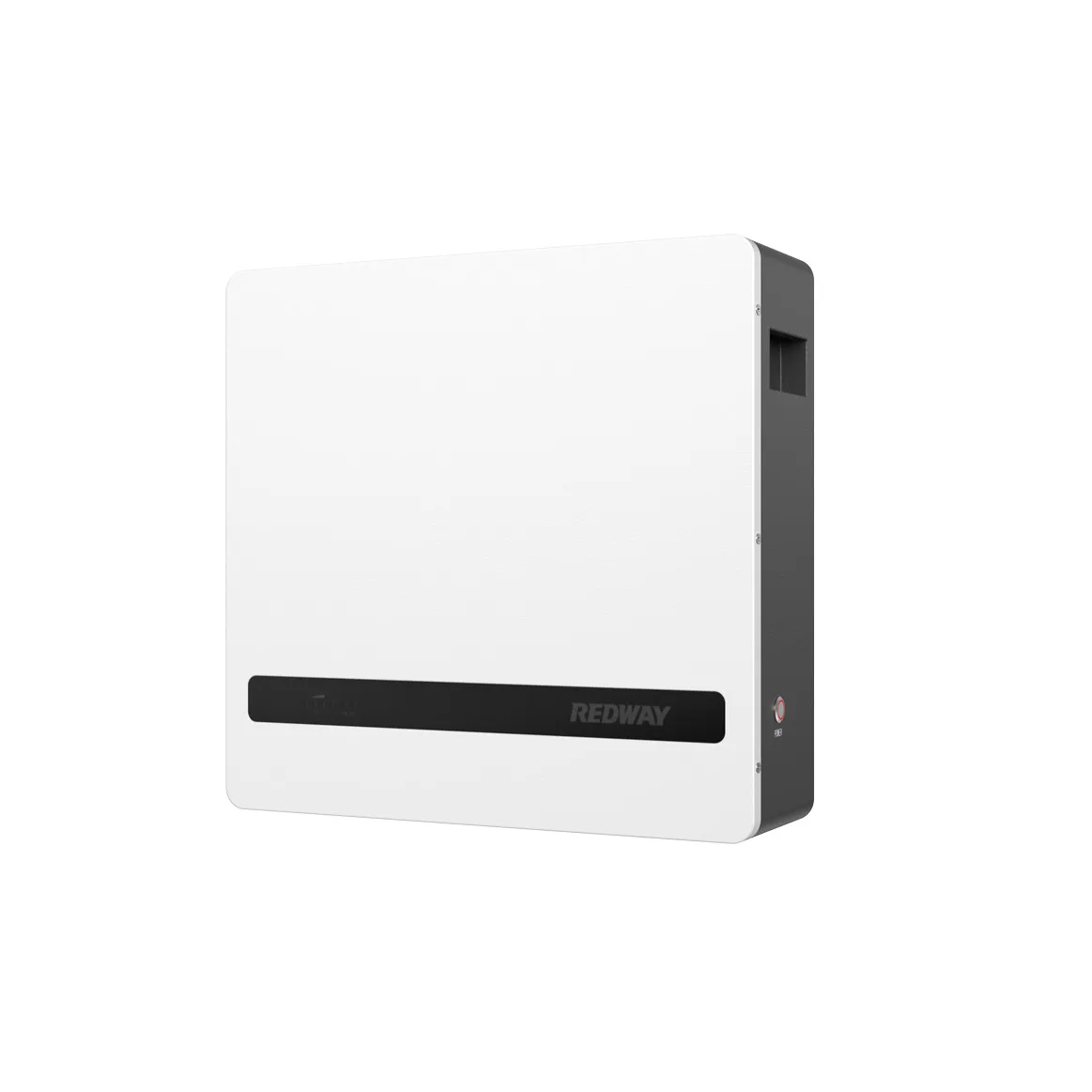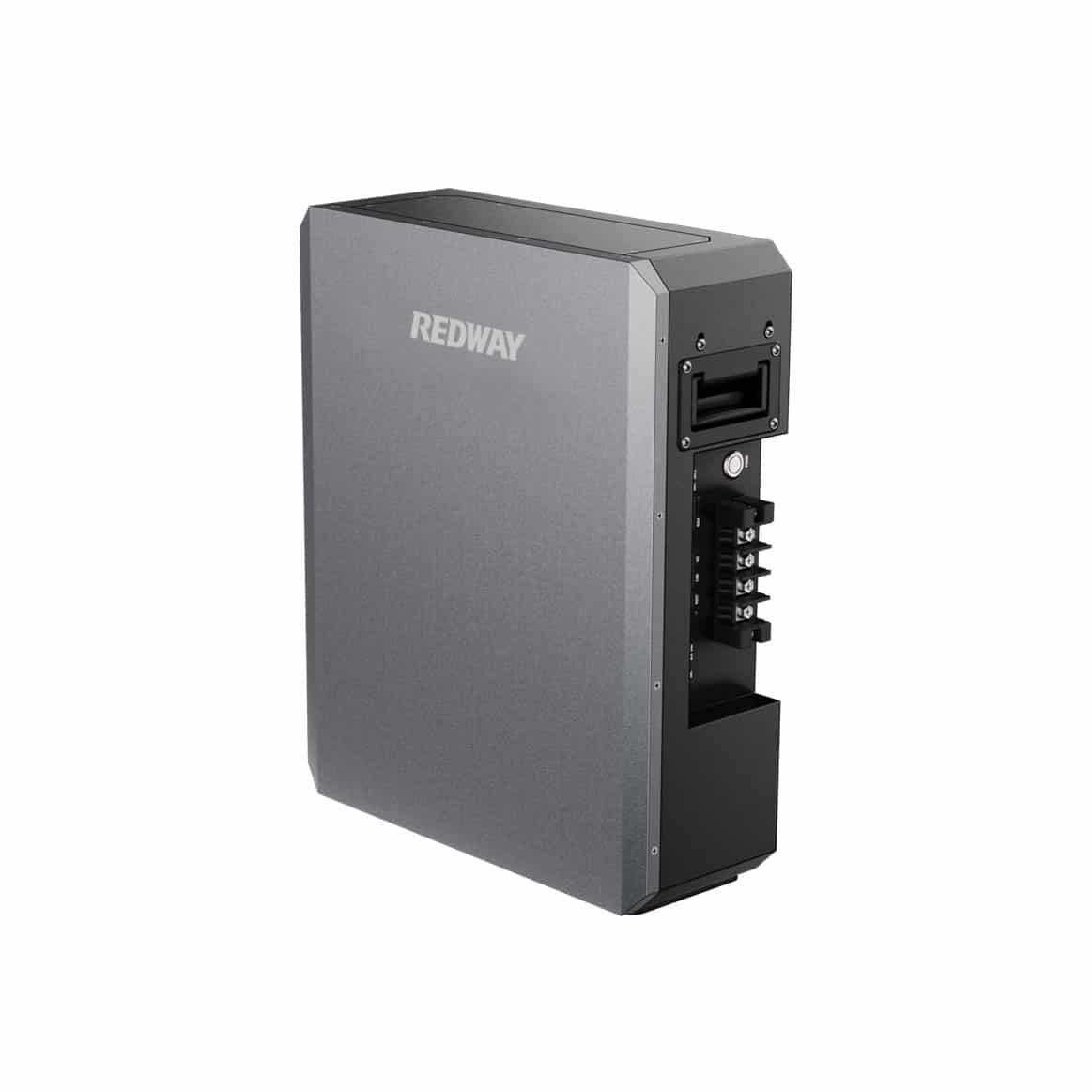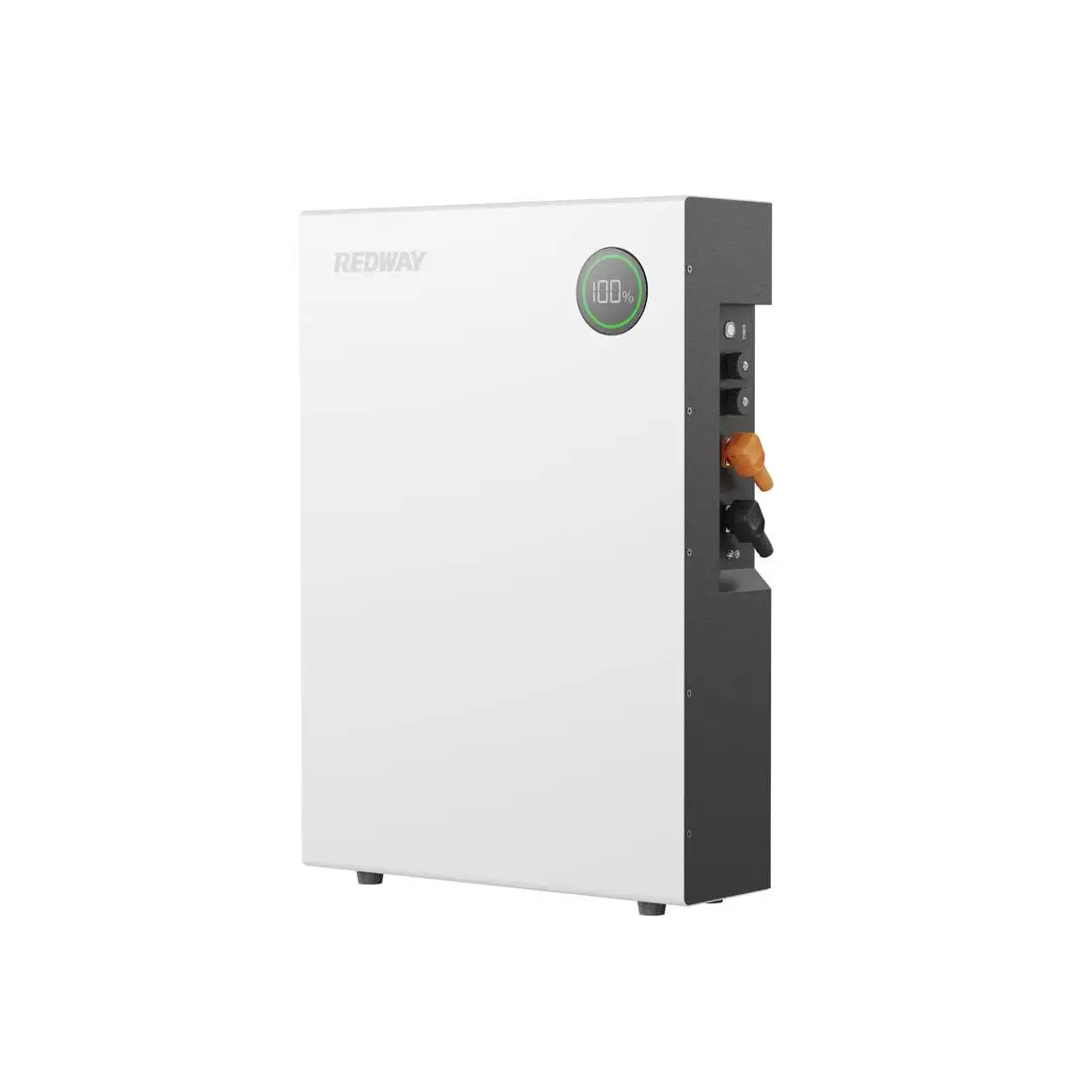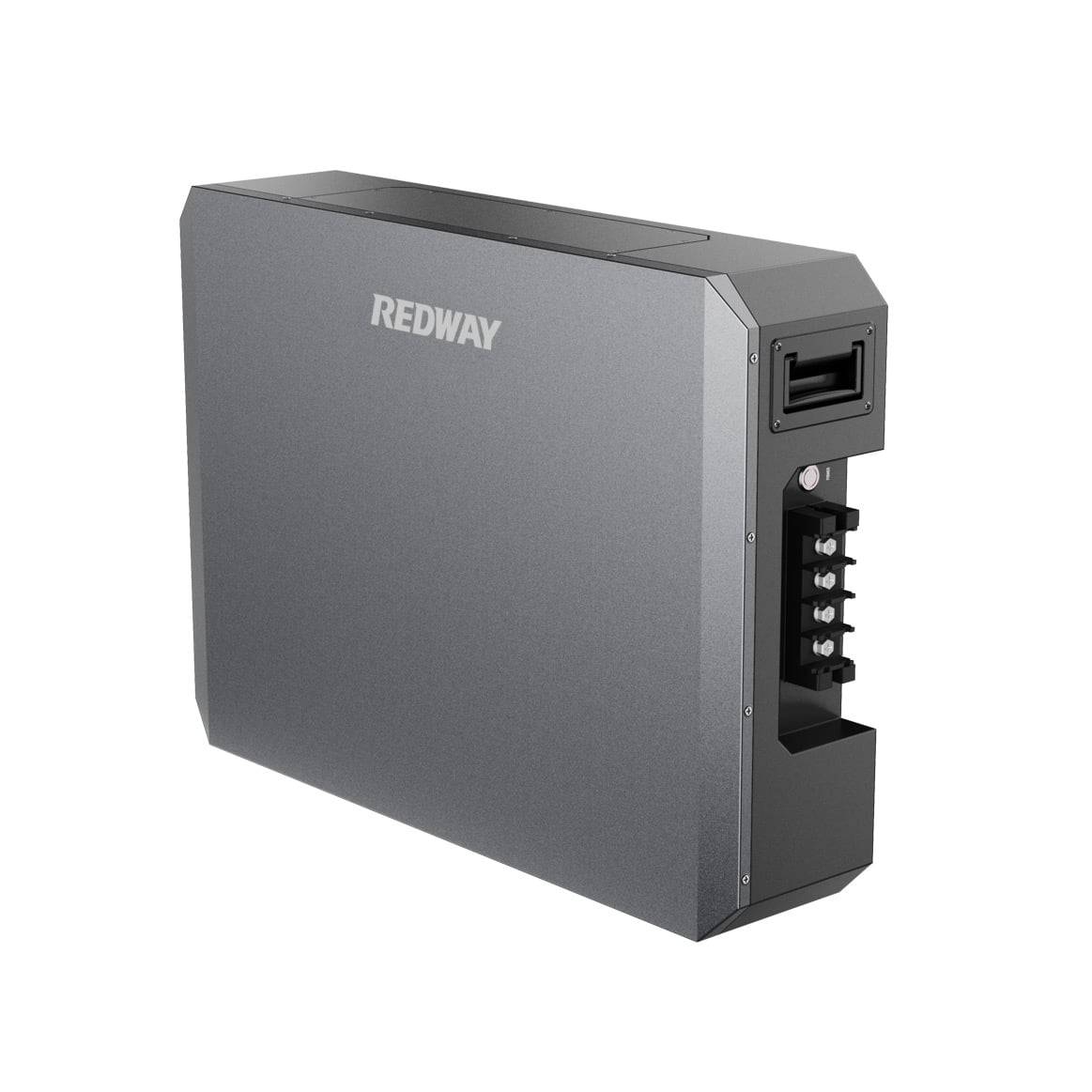- Home
- About Us
- Products
- 12V LiFePO4 Batteries
- 24V LiFePO4 Batteries
- 36V LiFePO4 Batteries
- 48V LiFePO4 Batteries
- 60V LiFePO4 Batteries
- 72V LiFePO4 Batteries
- Golf Cart Lithium Battery
- Lithium Battery Module
- Server Rack Batteries
- Power Storage Wall
- Power Trolley
- All-in-One Home ESS (Energy Storage System)
- Portable Power Station
- Solutions
- Heated Apparel Battery
- LiFePO4 eBike Batteries
- LiFePO4 Golf Cart Batteries
- LiFePO4 Floor Cleaning Machine Batteries
- LiFePO4 Forklift Batteries
- LiFePO4 High Voltage Batteries
- LiFePO4 Marine Batteries
- Portable Power Station
- LifePO4 Power Trolley
- Power Storage Wall
- LiFePO4 RV Batteries
- Rack-Mounted Battery Module
- OEM/ODM
- Blog
- Case
- Contact
Product Cateogries
Power Storage Wall
Redway Power Storage Walls provide an effective wall-mounted lithium battery energy storage solution when homeowners want to store excess energy generated from solar panels or wind turbines. It is also possible to use these systems for boating, camping, and other outdoor activities that require a reliable power source. In the event of an outage or emergency, wall-mounted lithium battery energy storage systems are ideal.
All Redway Products Come with
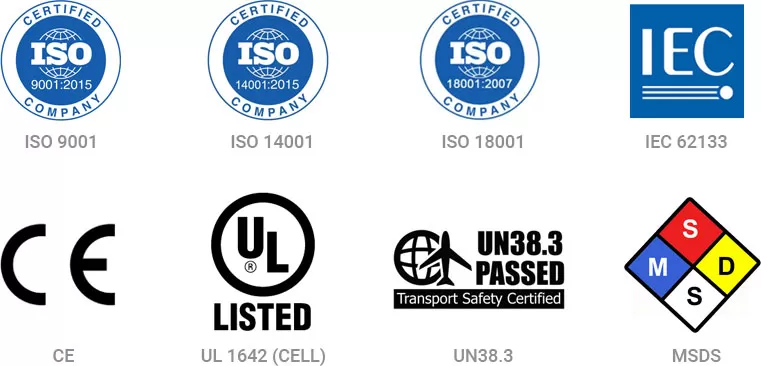
DIDN’ T FIND WHAT YOU WERE LOOKING FOR?
CUSTOM POWERWALL SOLUTIONS
Redway Battery specializes in providing a diverse selection of battery sizes and configurations to cater to a wide range of applications. Whether you need standard battery options or have unique power requirements, our team of experienced engineers is here to assist you throughout the entire process of designing, developing, testing, and manufacturing custom battery solutions tailored to your specific needs. Feel free to reach out to us today to learn more about our comprehensive range of battery solutions and how we can create a customized solution for you.
DEDICATED FACTORY SUPPORT
Redway Battery is a renowned lithium-ion battery supplier and manufacturer located in China. We specialize in delivering OEM and ODM lithium batteries, catering to potential clients and customers.
By leveraging our combined domestic and international manufacturing capabilities, we are able to produce a diverse range of products that incorporate various cutting-edge technologies, offer flexible pricing options, and ensure timely delivery.
We continually strive to provide high-quality lithium-ion batteries that meet the demands of today’s market.
LEARN BATTERY KNOWLEDGE
At Redway Battery, our team of battery experts is dedicated to sharing comprehensive knowledge about new energy technologies. We are passionate about customizing batteries for a wide range of electronic devices, offering tailored battery solutions, and developing specialized battery solutions. We take pride in providing the most professional and up-to-date information regarding batteries. Our expertise covers a wide range of topics, including battery knowledge, industry news, company updates, informative guides, and more. By staying informed with us, you can access the latest insights and practical information on battery technologies and their applications. Stay connected with us to explore the world of batteries and unlock valuable knowledge and resources.
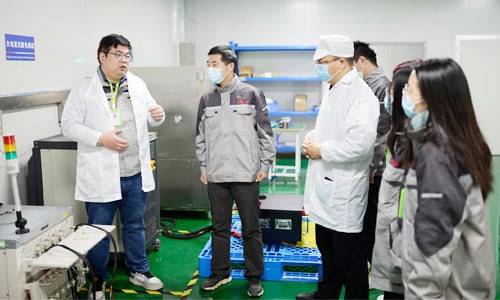
DOWNLOAD REDWAY PRODUCT BROCHURE AND SPEC
REDWAY PROMISE

QUALITY
6000 TIMES CYCLES
5 YEARS WARRANTY
10 YEARS DESIGN LIFE

CERTIFICATION
ISO9001,ISO14001, OHSAS18001, CE, CB, UL, KC, FCC, BIS, IEC62133.

SERVICES
EXW, FOB, DAP, DDP OPTIONAL T/T, L/C OPTIONAL
Related Knowledge
How to connect batteries in parallel for optimal performance?
- Connect the negative terminal of one battery to the negative terminal of the next battery in parallel.
- Connect the positive terminal of one battery to the positive terminal of the next battery.
- This creates a string of batteries with the same voltage across each battery.
- Parallel battery connection increases the overall battery capacity without changing the voltage of the electrical system, ensuring optimal performance.
What are the battery’s operating temperature and humidity ranges?
- The operating temperature range for standard alkaline batteries is -18°C to 55°C.
- Lithium-ion batteries generally operate within a temperature range of 5°C to 20°C.
- LiFePO4 batteries should be charged within the temperature range of 0°C to 50°C.
- It is important to refer to the manufacturer’s specifications for the specific operating temperature and humidity ranges of different battery types.
What is the capacity and specs of the LiFePO4 10kwh home battery?
- The LiFePO4 10kWh home battery consists of a 51.2V 200Ah battery module.
- The battery module is composed of 32 3.2V 100Ah cells running 16S2P.
- It has an actual capacity of 10.24kWh, offering reliable and efficient power storage.
- The LiFePO4 technology used in this battery ensures stability, long cycle life, and high energy density. It is designed for home energy storage systems.
How long is the battery’s design life and warranty period?
- The design life of a battery is the manufacturer’s expected lifespan under controlled conditions.
- It should not be confused with the warranty period, which is the duration of coverage provided by the manufacturer.
- The design life can vary from 5 to 20 years, depending on the battery type.
- Most battery systems come with a warranty period of at least 10 years, ensuring long-term reliability and customer satisfaction.
How long can a Powerwall last?
How much power does a Powerwall hold?
A Tesla Powerwall can hold up to 13.5 kWh of energy. This means it has the capacity to store 13.5 kilowatt-hours of electricity. With this energy storage capability, the Powerwall can provide backup power and store excess energy generated from renewable sources. It is a reliable solution for powering essential appliances and devices during power outages or when the grid is unavailable.
- Power Capacity of a Powerwall:
A Tesla Powerwall has an energy storage capacity of 13.5 kWh, which means it can hold up to 13.5 kilowatt-hours of electricity. This capacity allows the Powerwall to store a significant amount of energy, making it a reliable backup power source during outages or when the grid is unavailable. - Backup Power and Energy Storage:
With its 13.5 kWh capacity, the Powerwall can provide backup power to essential appliances and devices for an extended period of time. This ensures that homeowners can maintain their comfort and convenience even during power outages. Additionally, the Powerwall can store excess energy generated from renewable sources, contributing to a sustainable and eco-friendly energy solution. - Benefits of Powerwall’s Power Capacity:
The Powerwall’s power capacity enables homeowners to reduce their reliance on traditional power sources and embrace clean energy alternatives. By harnessing and storing clean energy, homeowners can lower their carbon footprint and contribute to a greener future. The ability to store energy also allows for better utilization of renewable energy sources, maximizing their potential and reducing waste.
How many Powerwalls can you stack?
You can stack multiple Powerwalls together to increase energy storage capacity. The Powerwall 2 model allows for stacking up to 10 units, while the Powerwall+ model allows for stacking up to 4 units. By stacking Powerwalls, you can enhance your energy storage capabilities and have a larger capacity to store and utilize clean energy.
- Powerwall Stacking Capacity:
The stacking capacity of Powerwalls depends on the model. For example, the Powerwall 2 model can be stacked up to 10 units, while the Powerwall+ model allows for stacking up to 4 units. Stacking refers to connecting multiple Powerwalls together to create a larger energy storage system. - Increased Energy Storage Capacity:
By stacking multiple Powerwalls, homeowners can significantly increase their energy storage capacity. This means they can store more clean energy generated from renewable sources, such as solar panels. With a higher storage capacity, homeowners can power their homes for a longer duration during power outages or when the grid is unavailable. - Customizable Energy Solutions:
The ability to stack Powerwalls offers homeowners the flexibility to create a customized energy storage system that meets their specific needs. Whether it’s for a larger household or to support higher energy demands, stacking Powerwalls allows homeowners to tailor their energy storage capacity accordingly. This customization empowers homeowners to maximize their reliance on renewable energy sources and reduce their carbon footprint.
Why did Tesla stop selling Powerwall?
- Popularity of the Smaller Powerwall:
Tesla made the decision to discontinue its biggest Powerwall model because the smaller Powerwall was in higher demand. This indicates that customers preferred the smaller model due to its features, price, or other factors. By focusing on the more popular option, Tesla can better meet customer needs and streamline their production processes. - Streamlining Production and Meeting Demand:
By discontinuing the larger Powerwall, Tesla can allocate their resources more efficiently. This allows them to meet the increasing demand for the smaller Powerwall and ensure a smoother production process. Streamlining production enables Tesla to optimize their operations and deliver energy storage solutions to customers in a timely manner. - Reliable and Efficient Energy Storage:
Despite discontinuing the largest Powerwall model, Tesla continues to provide the 7 kWh Daily Powerwall. This model offers customers a reliable and efficient energy storage solution for their homes. With the smaller Powerwall, homeowners can store excess energy, reduce reliance on the grid, and have backup power during outages.
How long will Powerwall run my AC?
- Average Duration:
On average, a fully charged Powerwall can run an air conditioner for approximately 4.5 hours. This estimation assumes that the air conditioner consumes 3 kWh of energy per hour. However, it’s crucial to consider that the actual runtime may vary depending on the specific energy consumption of the air conditioner. - Considerations:
When determining how long a Powerwall can power your air conditioner, it’s essential to take into account the energy efficiency of your AC unit. Different air conditioners have varying energy consumption rates, which can impact the runtime provided by the Powerwall. Additionally, the charge level of the Powerwall itself will also affect the duration. - Cautionary Note:
While a Powerwall can provide backup power for your air conditioner, it’s important to avoid fully draining the Powerwall. Fully depleting the battery can have detrimental effects on its longevity and performance. It’s recommended to maintain a reserve charge in the Powerwall to ensure its optimal functioning and longevity.
What happens when Powerwall is overloaded?
- Overload Consequences:
When a Powerwall is overloaded, it ceases to provide power to the home. This occurs when the power draw exceeds the Powerwall’s capacity to supply electricity. Overloading the Powerwall can lead to a temporary disruption in the power supply, affecting the operation of electrical devices and appliances in the home. - Resolving the Overload:
To address an overload situation, it is crucial to identify and turn off energy-intensive loads that are causing the excessive power draw. By reducing the overall demand on the Powerwall, it can regain stability and resume power supply to the home. The Powerwall typically attempts to restart within a minute after the overload is resolved. - Manual Intervention:
In some cases, the Powerwall may not automatically restart after an overload. If this happens, manual intervention may be required to restart the Powerwall. This can involve following specific instructions provided by the manufacturer or seeking assistance from a professional technician to ensure the safe and proper functioning of the Powerwall.



























